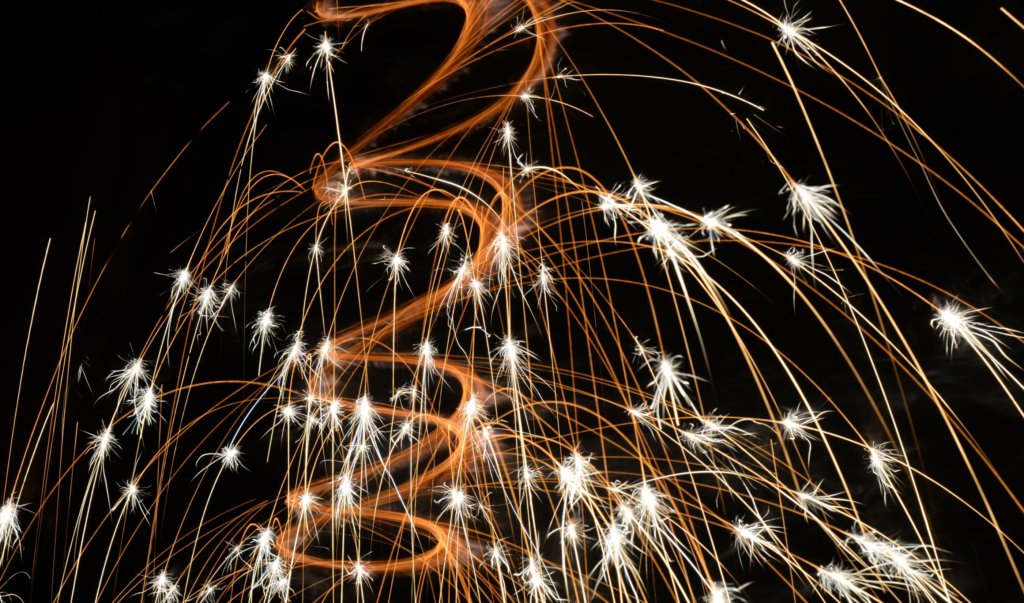fireworks & wildlife

The Fourth of July is often terrifying for animals—both pets and wildlife.
Most animals have far more acute hearing than people. With explosions as loud as 190 decibels (humans can suffer hearing damage at only 75 decibels), it’s no wonder the sound of fireworks elicits anxiety, confusion, and panic in animals.
Animal shelters across the country report a sudden influx around Independence Day of domestic animals, all disoriented and lost, many wounded from fearful attempts to flee from the perceived danger of fireworks. Similarly, some wild animals such as deer are known to run in blind panic, increasing the number of animal-car collisions.
Birds, in particular, suffer greatly every year. According to studies conducted by the University of Guelph and the US Fish and Wildlife Service, nesting birds have been known to abandon their nests in confusion.
These same birds have also been known to fly into buildings or out to sea, too far to return safely. Those who do return to their nests have been observed to suffer from weight loss, sluggishness, and disrupted sleep patterns in the weeks following a fireworks display.
Even after the event is over, fireworks can continue to impact wildlife. Smoke from the explosions can cause damage to birds’ respiratory systems. Debris can impact waterways and other natural areas.
Here are some suggestions for minimizing the impact on wildlife while still enjoying your Independence Day celebration:
- Minimize the noise: Try to choose quieter options to avoid disrupting wildlife too much. For example, laser shows are far less disruptive than fireworks to the environment.
- Choose fireworks with minimal waste: Pick fireworks you can swiftly and easily dispose of after the display.
- Drive slowly: Animals are going to be running scared. Be prepared to brake suddenly and avoid collisions.
- Don’t forget your pets: Bring in your pets well before dusk to keep them safe and comforted.
